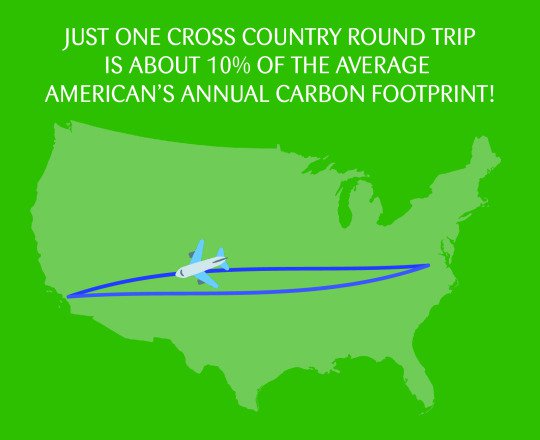Question Your World: Will Planes Go Solar?
In July of 2016, a huge energy milestone was accomplished when the Solar Impulse 2 plane successfully ended its around the world trip without using a single drop of fossil fuel. While this journey is being celebrated around the world, it’s also raising a lot of questions. So today let’s ask the big question that could one day impact how we visit relatives, make work trips, and plan our vacations. Will airplanes ever go solar?
On December 17, 1903, the Wright Brothers ushered in a new era for how humans travel. The initial plane designs were modest, slow, and very limited in passenger space. Regardless, the first domino was knocked over and would quickly lead to a lot of breakthroughs in aviation. In fact, there are many people who lived to see both the first flight and the lunar landing. Through science and research, that’s how far we were able to take the concept of flight in just one person’s lifetime. Despite all of the remarkable growths in the aviation industry, there is still one place where we still need to advance - energy.
Right now, making just one cross country round trip is the equivalent of 10% of the average American’s annual carbon footprint. Now imagine how many people are traveling around the world every single day via airplanes. This adds up to a significant amount of heat trapping gases being released into the atmosphere. So much so that it’s becoming a big issue for environmentalists around the world.

That’s where this amazing project comes into play. We’ve been following the progress of Solar Impulse 2 for quite some time now. If you wish to follow their journey, try checking out some of our earlier articles on this year-long journey. For now though, the big news is that this trip has been completed, going all the way around this planet, without using a single drop of fossil fuel.
There’s no true way to compare this plane to others, but we can at least look at modern fuel consumption to gauge the amount of work left to be done up ahead. Right now, standard passenger jets use about one gallon for every five miles they travel. This five-miles-to-the-gallon fuel rate is just not going to cut it for future generations that are dealing with combating the vast amounts of carbon dioxide (CO2) emissions in the atmosphere, rising global temperatures, and the general need for finding cleaner ways of harvesting energy. Using modern jets to make this worldwide trip would require over 13,000 gallons of fuel.
So, sure, this trip took a year, Solar Impulse 2 topped out at around 50 miles per hour, only has room to seat 2 people, and has no onboard entertainment, but it’s still sending a very powerful and hopeful message about the potential that awaits the flight industry if they were to harness solar technology. These aviation and energy scientists are convinced that, with proper funding and research, the solar flight industry could really take off.


